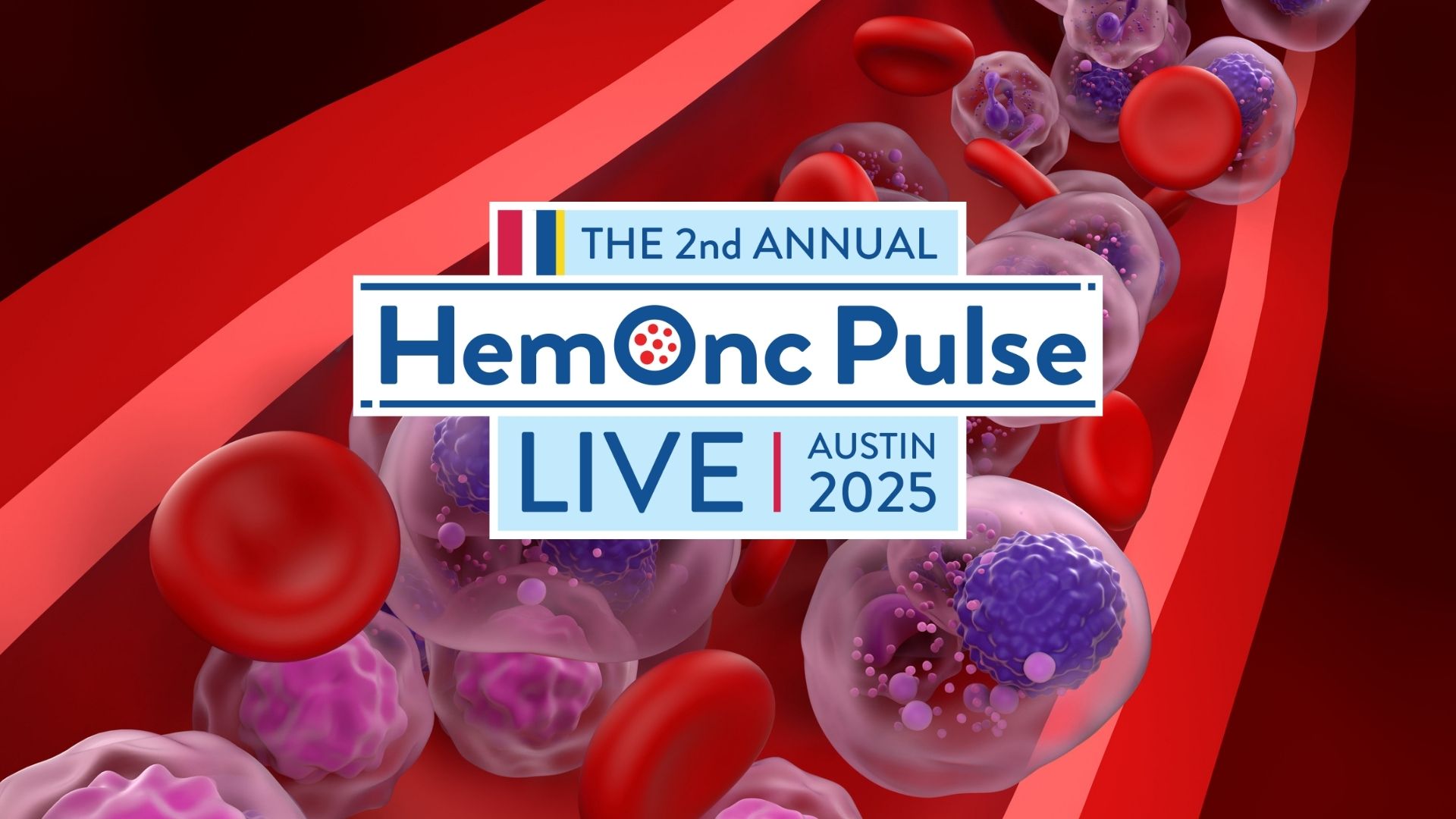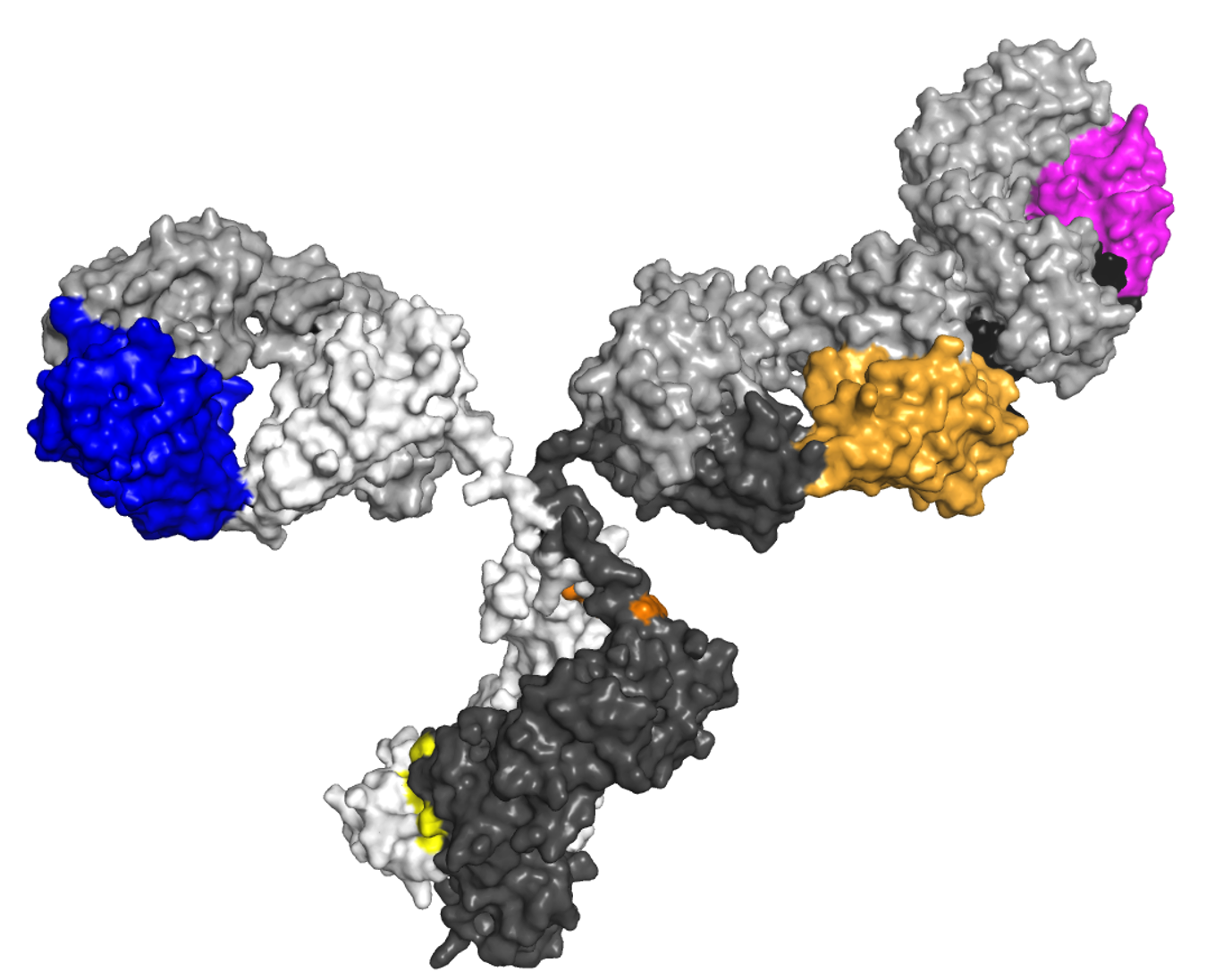
Several factors are correlated with palliative care use among patients with various cancers, but literature is lacking on multiple myeloma (MM)-specific factors, researchers noted. A study was conducted to assess factors associated with palliative care utilization among MM. The results appeared in the Korean Journal of Internal Medicine.
In this cross-sectional analysis, researchers used descriptive analyses to discern the prevalence trends in palliative care utilization over time using data from the National Inpatient Sample data collected between 2016 and 2018. They used multivariable logistic regression models to examine sociodemographic and hospital-level factors associated with palliative care utilization in patients with MM.
According to the results, the overall prevalence of palliative care use in this population was 7.7%, with an increase in use from 7.3% in 2016 to 8.2% in 2018. The study found that patients with MM aged 70 years and older had 1.30 times higher odds (95% confidence interval [CI], 1.20-1.42) of receiving palliative care relative to those younger than 70. Moreover, the results showed that compared to non-Hispanic white patients, non-Hispanic black patients were less likely to use palliative care (adjusted odds ratio (AOR)=0.86; 95% CI, 0.79-0.94). Patients on Medicaid (AOR=1.27; 95% CI, 1.08-1.49), private insurance (AOR=1.27; 95% CI, 1.16-1.39), and other insurance types (AOR=2.10; 95% CI, 1.79-2.47) had markedly higher odds of receiving palliative care when compared to those on Medicare. Other factors of palliative care use were hospital region, location, patient disposition, admission type, length of stay, and number of comorbidities.
“Our findings highlight the urgent need for education of hospital physicians on the need for early palliative care involvement in the care of hospitalized [patients with] MM,” the researchers concluded. “Messaging interventions such as the delivery of pop-up messages in electronic medical records to serve as reminders for physicians can be explored as a potential way to increase palliative care consultations for patients who need them.”






 © 2025 Mashup Media, LLC, a Formedics Property. All Rights Reserved.
© 2025 Mashup Media, LLC, a Formedics Property. All Rights Reserved.